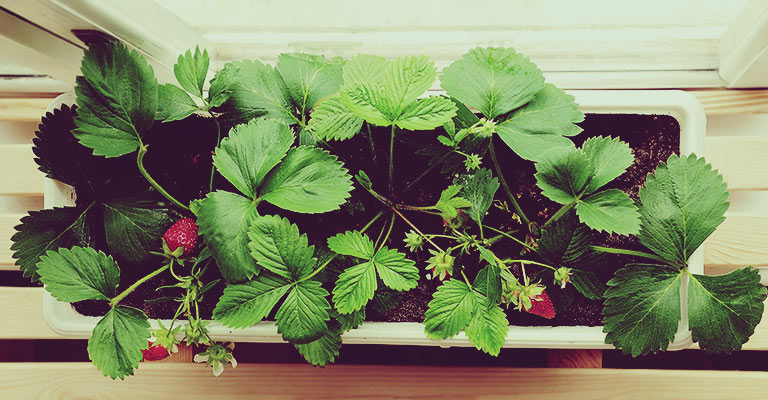
Of late, edible landscaping has become extremely popular and with good reason. Edible landscaping follows the same design practices as those for an ornamental landscape, but substitutes edible plants for some of the less bountiful.
Not everyone has a landscape, though. More and more people have a smaller space, like a lanai, patio, rooftop or even a window sill.
All you need is a container with drainage holes, some good quality potting soil, six or more hours of sun and veggie, flower, herb plants or seeds.
What type of container to use?
Containers can be almost anything, from mason jars to raised beds to stacked old tires. Placing pots on rolling casters is helpful. They can then be moved about the area to shelter them on overly hot days or from sudden winds.
You can use a container mix or a potting mix, which contain high water-holding capacity ingredients, such as peat moss and coir. This will cut down on the amount of watering you do, as will mulching around the plants. Organic amendments include compost, rock minerals, seaweed, or worm castings.
Many ways to grow plants
When you select plants for edible gardening in containers, be sure to consider your hardiness zone, the amount of sun the plants will receive and the limits of your space. On the subject of spacing, think outside of the box. You can grow plants vertically from the ground up or by hanging them to grow downward.
Be sure to situate larger plants so they will shelter smaller, tender plants, like greens, from the sun. Include plants that share similar growing requirements or that benefit from each other (companion planting). If you have containers that can be moved, rotate them so all the plants get equal amounts of sun.
Tips for watering container plants and vegetables
Also, be sure to plant seasonal crops. Read the seed packets carefully. For instance, there is no point planting cool weather crops when temperatures are already spiking. Remember that container grown plants tend to dry out more quickly than those that are planted directly in the ground. Water potted planted thoroughly and deeply.
Keep in mind that potted plants also lose nutrients more rapidly than those in the ground. All their nutrients leach out of the pot via the drainage holes, so they need consistent fertilization with either a commercially prepared food or an organic fertilizer.
Subscribe to our newsletter to receive our gardening tips, news and more directly in your inbox! Fill in the form below. Please note that fields with an * are required.